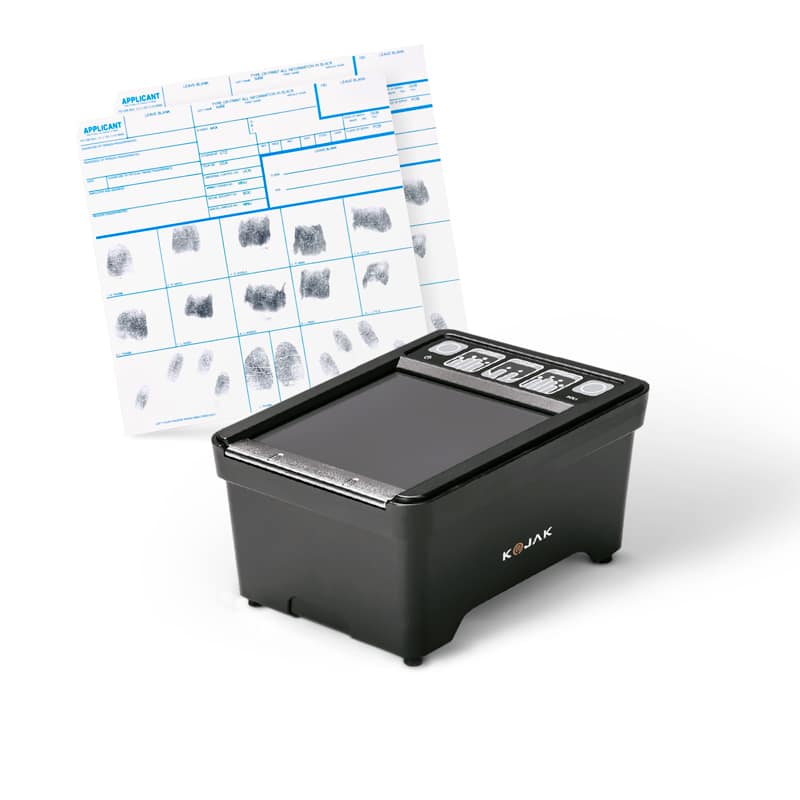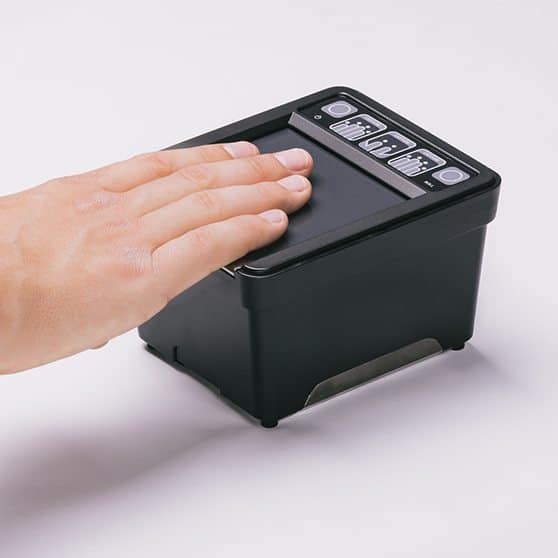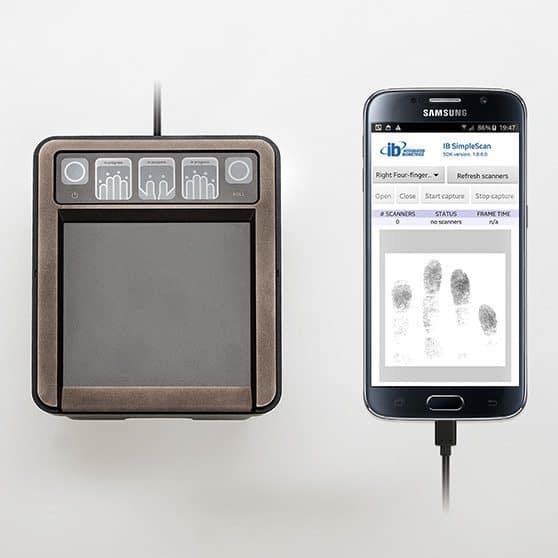Your cart is currently empty…













The Kojak fingerprint scanner from is the smallest, most lightweight certified fingerprint scanner available today for 10-roll prints in use by the ATF, FBI, and other law enforcement agencies.
Incredibly small and incredibly accurate, the Kojak 10-print roll scanner features an intuitive ergonomic design, weighs less than 1.6 lbs, and scans four flat prints and single finger rolls. Kojak is impervious to latent prints and functions with both dry and dirty fingers, without the need to apply hand lotion.
The following printers have been certified for use with FD-258 cardstock by the ATF and FBI:
| Weight | 1.6 lbs (not including cable) |
|---|---|
| Dimensions | 4.52” x 5.19” x .3.23” | 114.7 mm x 131.8 mm x 82 mm |
| Operating System | x86 and x64 | 2.0GHz or higher ARM | 1.0 GHz or higher |
| CPU Requirements | Windows Desktop Editions 7, 8, 10, 11 |
| Memory Requirements | 512MB or higher |
| Resolution | 500 ppi |
| Grayscale | 256 grayscale dynamic range |
| Image Size | 1600 x 1500 pixels |
| Supported Image Formats | RAW, JPEG2000, BMP, PNG, WSQ (FBI-approved) |
| Connectivity | 2.0 USB/Ethernet |
| Power | USB 2.0 |
| Sensing Area | 81.28 mm x 76.30 mm / 3.20” x 3.00” |
| Operating Temp Range | 14°F ~ 131°F / -10°C ~ +55°C |
| Humidity Range | 104°F (Non-condensing) / 10~95% RH < 40°C |
| Storage Temp Range | -22°F ~ 140°F / -30°C ~ +60°C |
| Environmental Rating | IP65 Sealed bezel to scanning surface |